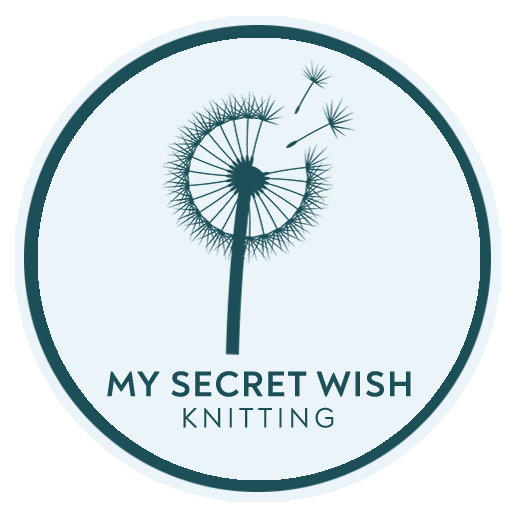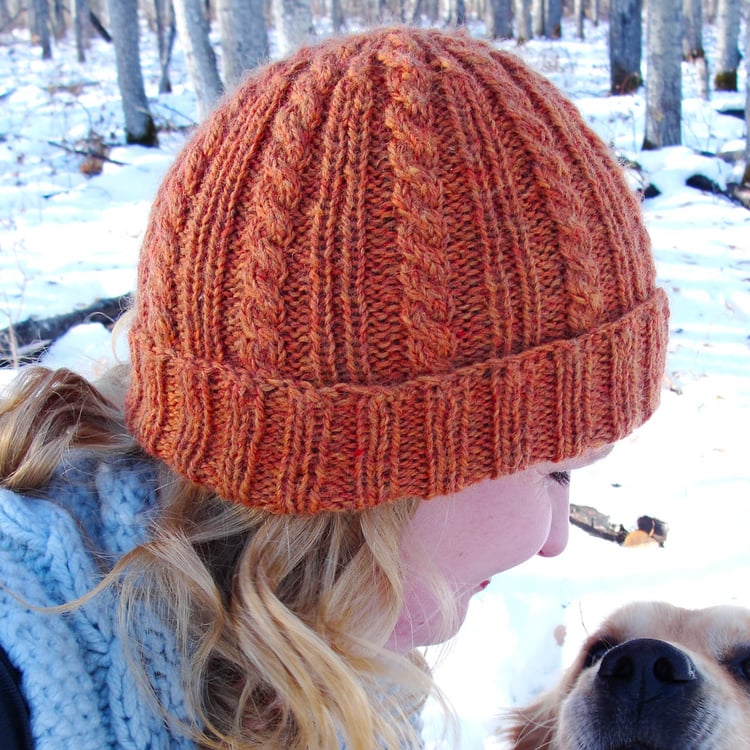In the bad ol’ days, when Grandma wanted to knit a sweater she went to Eaton's and picked up a skein or ten of super-scratchy acrylic yarn, because that was her only option—unless she was a spinner and made it herself. But in Canada, that wasn't often the case in the fifties, not even for my farm-dwelling grandmas. And really, with a passel of kids and farmhands to feed (and clothe!), who had time to spin the yarn for the sweaters first?
Nowadays, the options for yarn types and construction seem to overflow from the shelves. The thing is, you can't just substitute an eyelash yarn for a chainette construction or a ribbon yarn for a single-ply and expect the garment to look and act like the picture on the pattern.
Just like fibre properties, different yarn constructions impart very different qualities to the yarn.
A wool roving will create a very smooth, almost felted look (and can actually be felted, if that's your goal), but is very weak and may break a lot during construction and wear out quickly unless felted. It will also have poor stitch definition.
A twisted yarn will have greater strength, and will likely have better stitch definition (depending on fibre content) but probably will not felt as easily.
A chainette construction will be very strong with excellent stitch definition, but may not lie flat in the stitch, which would not be a good choice to replace that yarn with a fuzzy halo on a sweater meant to look and feel like a teddy bear's pelt.
When substituting yarn, choose a construction that is similar to what the pattern calls for. Some swaps can work (say, a roving for a four-ply), but you may be giving up stitch definition or strength. If you are not sure how a yarn is constructed, ask someone who works in the yarn store you’re purchasing it from or check its stats page on Ravelry.
Novelty yarns like tape, ribbon, eyelash, fur, ruffle, and more are intended for very specific garments, and should never be substituted for plied or tubular yarn unless you are feeling very experimental or know what you are doing. Just know you are taking a risk.
Ask yourself “Which characteristics of this yarn’s construction are important to the finished design?”










